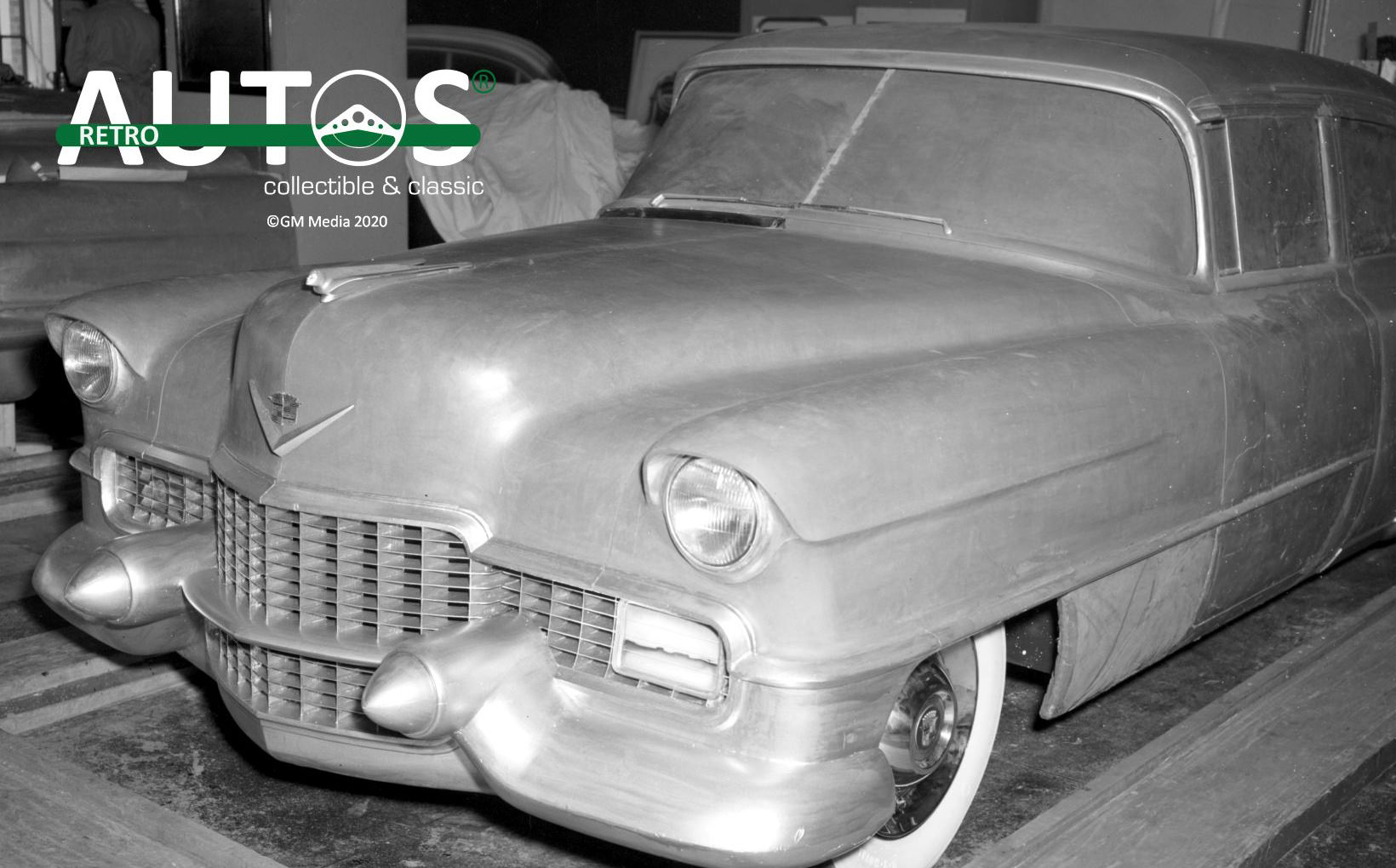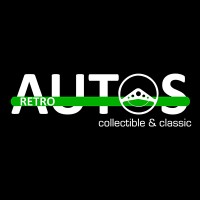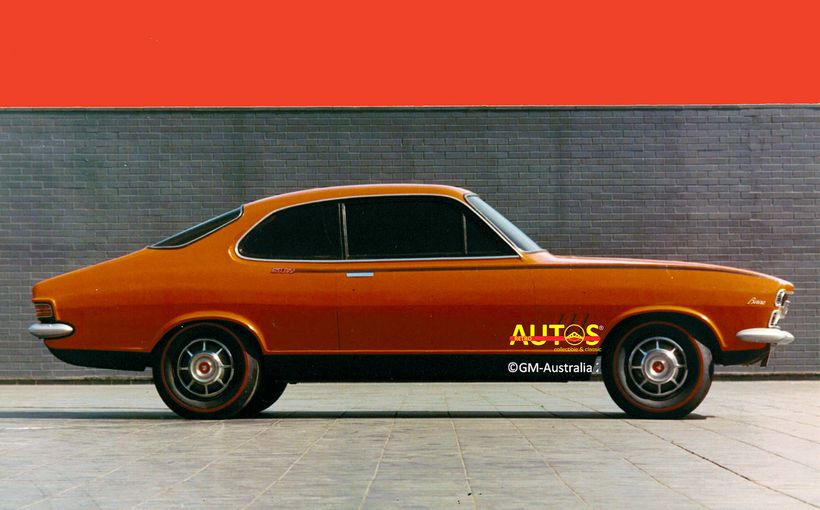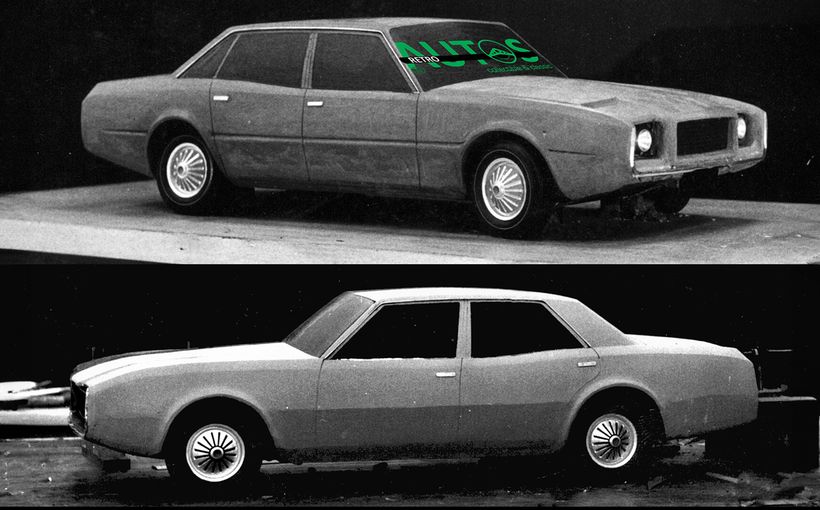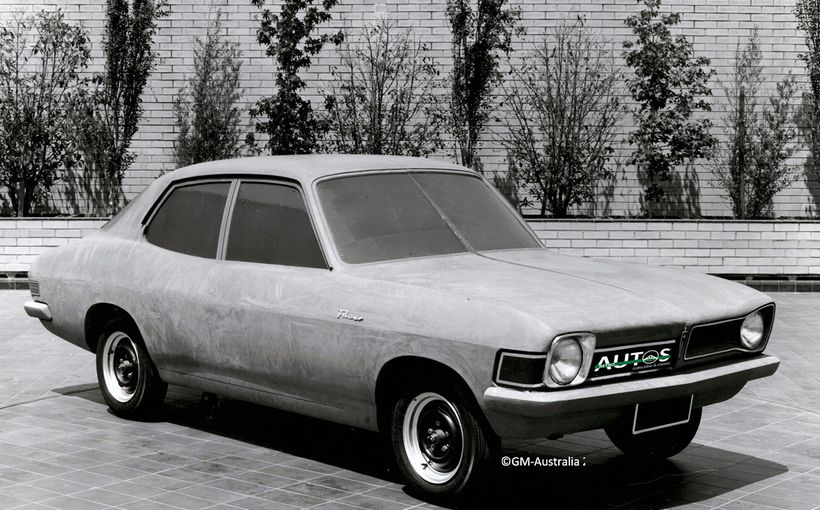1954-56 Cadillac Eldorado—Design to Driveway

The first inkling most Americans had of what the 1954-56 Cadillacs might look like was in January 1953 when the newly sworn-in President and war hero, Dwight D. Eisenhower, stood on the back seat of a gleaming white convertible as he celebrated his inauguration parade through the streets of Washington DC.
His parade car was reputed to be build #2 of Cadillac’s new top of the range Eldorado. With the American and Presidential flags fixed to the front bumper bar, never has a car had such a powerful global endorsement and centre-stage introduction.

When Cadillac was truly the ‘standard of the world’ the Eldorado stood above and beyond all else. It was the most luxurious American production automobile of its era.
On its debut the big car was offered in convertible format only. The styling was derived directly from GM’s 1951 Le Sabre and Buick XP 300 concept cars.


It was the first production car, along with its Oldsmobile Fiesta counterpart, to have a wrap around windscreen, which set a style trend for the next decade.
Nothing interrupted the flowing lines of this aspiration on wheels, except for the notch in the belt line accentuated by a vertical strip of chrome trim. It was designed to draw your eye, and was a favoured motif of GM’s design supremo, Harley Earl. The notch would be re-used on most GM models in the next half decade.
The convertible top was hidden below a smooth metal cover that fitted flush with the rear deck. Modest fins rose from the rear fenders.
Only four unique colours were offered: Alpine White, Artisan Ochre, Aztec Red and Azure Blue. The convertible tops came in two choices: white or black.
Almost every luxury option of the day was standard on this baby. The seats, steering and windows were all powered. Leather upholstery greeted occupants as did deep pile carpet. GM’s HydraMatic took care of the gear changes. The car rolled on wire wheels and white wall tyres. You could listen to your favourite radio station on the signal seeking push button radio. Interestingly, power brakes were not available. They appeared in 1954.

The Eldorado was the dream car you could buy in your local Cadillac dealership. GM made just 532 of them in 1953. They priced it two times higher than the regular Cadillac Series 62 convertible and it was a sell-out.
In the 1950s the Cadillac brand was the exuberant expression of America's post war prosperity. It was GM’s limitless ambition made visible and touchable in metal.
With styling inspired by the "jet age”, no other American luxury car brand was so deeply embedded in the public’s consciousness. Cadillac was the aspirational combination of luxury, speed, power and sex appeal. When someone said “I bought a Cadillac” you knew exactly what it meant and much about the buyer. Ownership delivered a powerful message of wealth and achievement. You joined an elite “club” when you bought a new Cadillac.
And although Ford’s Lincoln and Chrysler’s Imperial would try to blunt Cadillac's sales and prestige from time to time, neither came close. Indeed, in the three decades from 1950, Cadillac had no serious competition in the U.S. market.

Designing the 1954-56 Cadillacs began in 1951. Heading the design studio was the newly appointed Ed Glowake.
Harley Earl’s instructions were simple: don’t mess with success. Cadillac was now reaching beyond 100,000 sales annually, their highest ever, and Earl’s styling had much to do with the increase.
One of Cadillac’s stying strengths was its consistent design themes during the immediate post war period. The heavily chromed egg crate grille, high domed bonnet (denoting power, according to Earl), fins, flowing rounded roof lines, big chrome bumper bar “bombs” and the vertical band of chrome trim two thirds of the way along the side of the car all combined to deliver the “Cadillac look”.


Glowake and his team worked hard to maintain those important themes when developing the basic 1954-56 shape. The final version was different from its predecessors, but not so different that it alienated the loyal Cadillac customer base.




Industry watchers probably guessed what Glowake had in mind for the 1954-56 range when GM unveiled the first Eldorado and then, in succession, the Cadillac Orleans and the four Le Mans show cars, all around the same time in 1953. Each boasted wrapped windscreens and grilles that foretold what the upcoming models would bring.


Earl had long harboured the idea of one-piece wraparound windscreen. While he was working at Don Lee’s custom car shop (it was once owned by Earl’s father) in Los Angeles in 1920, he experimented with curved glass, but was defeated by the lack of manufacturing capabilities and technology. Instead, he built a one-off Cadillac which used extra pillars and flat panes of glass for a faux wrapped effect. Earl patented the idea in 1921, six years prior to him joining GM. This car is now owned by the GM Heritage Centre, in Michigan. The idea was also tried by Raymond Lowey on the 1934 Hupmobile. The same year’s Panhard featured them, too.




Harley never forgot the wraparound windscreen and after World War II he continued to pursue the idea. He had GM’s two main glass suppliers, Libby-Owens-Ford (LOF) and Pittsburgh Plate Glass (PPG), work in secret on its development. Breakages occurred with frustrating regularity. “Couldn’t be done” they said. But Earl insisted, and pressed them harder. Just in case, the clay prototypes of the 1954 cars were shaped with a two-piece wrapped windscreen. In 1950 LOF found the way to do it at roughly the same cost as a flat windscreen. Earl patented the design in 1956.

When the 1954 Eldorado debuted, its styling was the same as a standard Cadillac Series 62 convertible. This made it much cheaper than the 1953 version and sales rose to 2,150 for the model year.
In 1955 the Eldorado adopted a more exclusive shape. “Shark" fins rose above twin round taillights, which resembled small jet exhausts. This styling idea would reappear on Cadillacs in subsequent years and reach its zenith in 1959. To fully show off the special “sabre spoke” wheel covers, the Eldorado avoided Cadillac’s traditional fender skirts.


The 1955 Eldorado print advertisements trumpeted that the “car of tomorrow” had arrived. The copywriters proclaimed it was “more beautiful, more luxurious and more powerful than any previous Cadillac creation.” And if that was not enough to convince you to buy one, they summed it all up with “it is the Cadillac of Cadillacs, the car of cars.”


So, after reading what the PR and marketing folk had to say, I just had to see one for myself.
George Fahd has owned a 1955 Eldorado, one of 3950 built, for five years. He’s familiar with classic American automobiles, having had many in his garage, including a 1965 Thunderbird, 1970 Lincoln Mark III, 1967 Mustang, two 1964 and two 1967 Cadillacs and 1988 Cadillac Brougham D’Elegance. He has a 1973 Rolls-Royce, too.

George bought the Eldorado in Sydney. It had originally been imported from the USA to Western Australia. It was then sold to a succession of owners in Queensland and NSW.
“Not long after I’d imported the T-Bird and Lincoln, I decided I’d like another Cadillac,” George explains. “I’d owned a number of Cadillacs previously, so I knew what to expect and what to look for.”
He sold the T-Bird and Lincoln and went searching for a Cadillac. “I found one online, but then discovered it was one of those scams, where the supposed owner says it is in another state, but the car does not really exist at all. A mate then rang me about a 1955 Eldorado in Sydney,” he recalls.

The price was very attractive and George suspected it was yet another scam. But it wasn’t.
“I went to see it,” he says. “The owner told me he was selling it because he’d bought a boat. I asked him if the boat he’d bought was the huge one in his driveway. He said ‘No, that was his runabout’. Apparently, the boat he bought was moored at a marina.”
The car was in great condition and George offered the seller what he was asking. “No point in haggling when you know the price is fair,” George says.
The Eldorado was restored, but, as George explains, it “needed a new convertible top, some minor mechanical work and new tyres. I also had the windscreen wipers converted to electric so I did not have to put up with the vacuum unit that it came with.”
George also removed the non-standard continental kit which had been added to the car.
I’d never stood next to a mid-fifties Eldorado before meeting with George. With the convertible top in place the height of the car surprised me. I was expecting something lower. Then I checked its dimensions. At 223 inches/5,664mm it is certainly a long car. But at 60 inches/1524mm high it is just one inch/25mm lower than the 1956 FE Holden. Ah, that explains it!
The semi-high riding stance means that you slide straight on to the front bench seat, which is thick and plush. It is adjusted by four-way power.
The power windows slide up and down with a solid “thunk”. The brake pedal is surprisingly narrow and offset to the right. It makes left foot braking more difficult. Powered drums all round, of course.

The red and white steering wheel is big, with a chrome, convex shaped centre. The dashboard’s styling is remarkable restrained. It is not festooned with a multitude of lights, dials, button and knobs from the juke box school of design.


The Eldorado is a fast and powerful car, even by 21st century standards. The engine is the high-performance version of Cadillac’s OHV V8, which debuted in 1949. From its 16 valves and 331 cubic inches/5.4 litres, onto which were strapped two, yes two (!!) Batwing Rochester 4-barrel carburettors, comes 270 horsepower. By comparison a standard 1955 Chevrolet V8 made 165 horsepower.

How quick was it? Well, after you peeled out from the kerb, and the four speed HydraMatic did its job, sixty miles per hour was reached around 12 seconds later, or so the road tests of the day said.
George works in the entertainment industry and his collection can sometimes be seen in TV shows and movies, especially the Rolls-Royce and Eldorado.
So, why is there a Rolls-Royce amid all of the American cars? “I’d always wanted one,” admits George. “The price was too good to ignore.”
The 1955 Eldorado was the last of the convertible-only models, which is why George’s car is so rare. It is the one of four in Australia.
Cadillac’s product planners could see an expanding market, and profit, if a coupe was added to the line-up. And in 1956, that’s what appeared. The convertible was given the name Eldorado Biarritz and the coupe was called the Saville. Sales almost doubled to 6050 units.

For the rest of the Eldorado history please read Dr John Wright’s excellent article on Shannons Club. Here’s the LINK.
If ever you wondered what a 21st Century Eldorado might look like, then I suggest you go no further than Cadillac’s 2011 Ciel concept car. Sleek and black, the four door convertible is the stuff that dreams are made of.
Retroautos is written and published with passion and pride by David Burrell.



